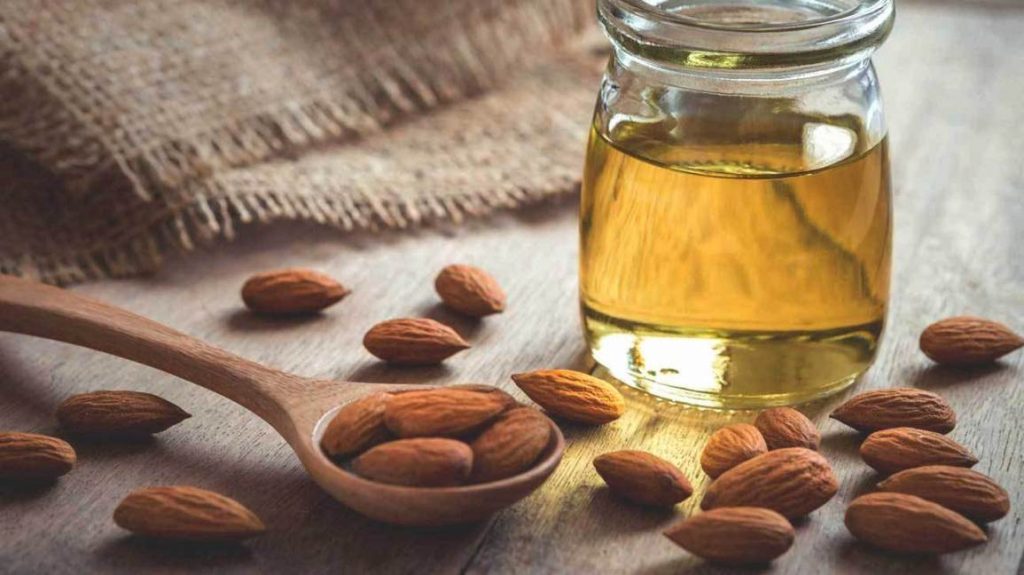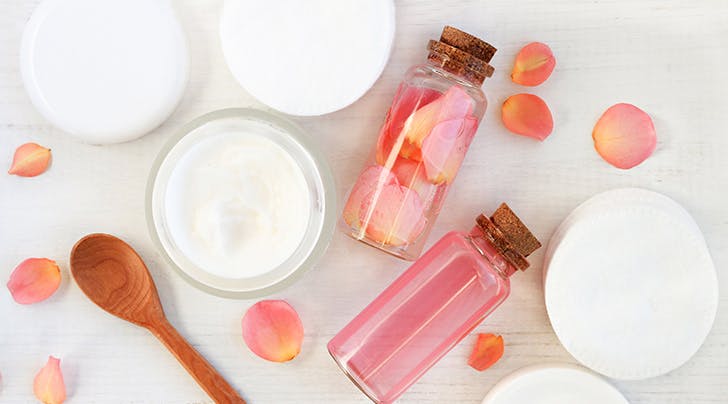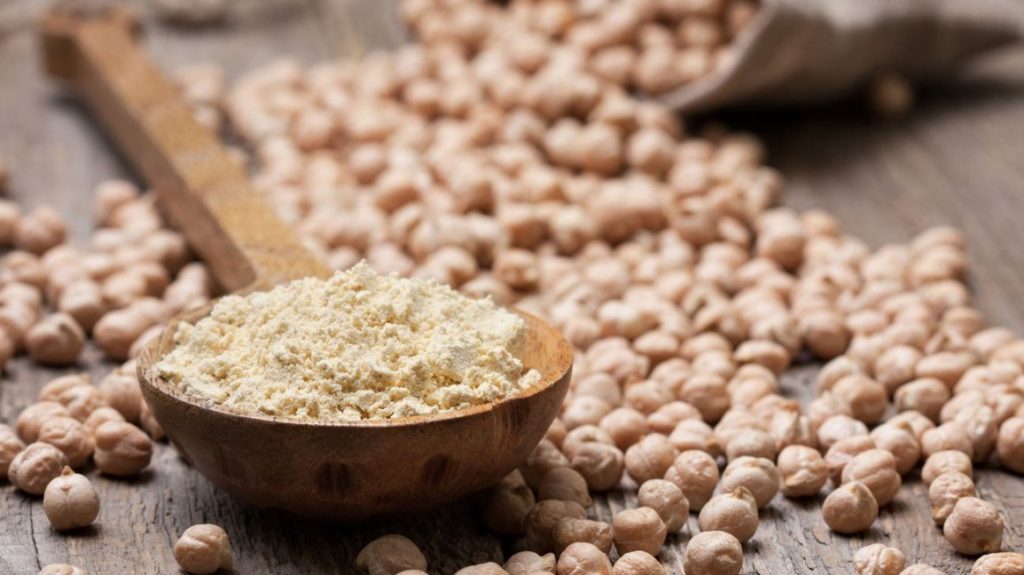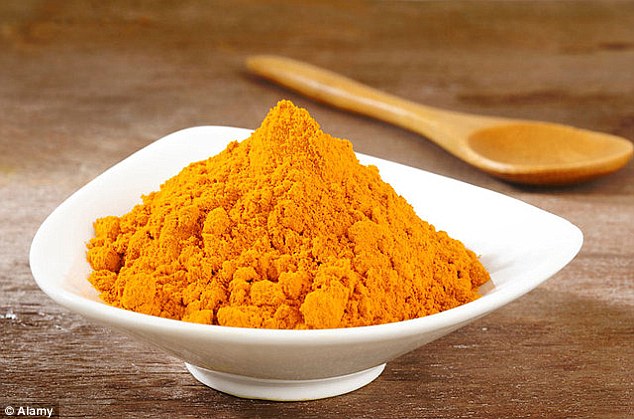DIY face masks are clutch if you are that girl who takes her self-care seriously! In this post, I wanted to give you a simple guide to creating your own face masks depending on whether you have dry, combination, or oily skin!
Keep reading!
What You Can Use As A Base for your DIY Face Masks
Turmeric and bentonite clay are “everything” remedies when it comes to your skin. Individually, they can soften and smooth skin, minimize pores, fade acne and scars, remove dead skin cells, and even your skin tone–making each of them the perfect base for a powerful and effective face mask.
Directions: Pick two or three ingredients based on your skin type and add them to your base (either turmeric or bentonite clay).
Start out with a teaspoon each and adjust until it a paste it formed. Apply and leave on for no longer than 30 minutes. Rinse with warm water or gently wipe off with a warm towel.
For Dry Skin:

Plain Yogurt
The lactic acid in yogurt promotes healthy, moisturized skin by removing dead skin cells from your face. It also aids in minimizing wrinkles and pores!
Because it’s a lightweight oil, it does well for softening skin cells without clogging your pores! It’s also packed with fatty acids that help to smooth, soften, and plump up dry, rough skin.
Honey
Honey itself doesn’t hydrate, but it is a natural humectant which means that it helps trap moisture in your skin! Adding honey to your face mask will stop any of the other ingredients from irritating or drying your skin out.
For Oily Skin:
Aloe Vera
Aloe Vera is a natural astringent that absorbs any oil or dirt that may be on your face. It also does a good job of preventing clogged pores which is great since clogged pores often lead to oily skin, and then acne and breakouts.
Egg Whites
Simply put, egg whites make a very hostile ground for excess skin oil. Egg whites minimize pores and tighten skin, not only making it harder for oil to layer your skin but completely absorbing it as it comes!
Oatmeal
If you’ve ever made a bowl of oatmeal, chances are you already know that it sucks up liquid like nobody’s business–and now, oil from your face is one of them!
Mix it with a moisturizer and humectant, pack it on your problem spots, and watch the magic work!
For Skin Conditions (like acne or rosacea)
 Rose Water
Rose Water
Acne loves oil, dirt, and bacteria–and Rose Water is extremely effective in getting rid of them! It is not a cure for acne, however, it does soothe inflamed skin and create a better environment for improvement.
Witch Hazel
The anti-inflammatory properties of witch hazel help to decrease redness related to certain skin conditions, as well as help open scars and bumps, heal on their own.
Tea Tree Oil
Tea tree oil contains various compounds that give it antibacterial and anti-inflammatory properties. It can be used alone or mixed with other natural remedies; it is often combined with witch hazel since their effects are similar and reinforced by one another.
For Hyperpigmentation and Discoloration

Gram flour has been used in India as a natural way to brighten skin for years now! There is a significant amount of Niacin and Beta-Carotene, or Vitamin B3 and Vitamin A, in gram flour that makes it one of the best options for fixing hyperpigmentation and discoloration.
Lemon Juice
The acidity of lemon juice makes it a natural lightening agent for dark spots caused by acne. It can be a bit abrasive, so it is often mixed with other ingredients (such as yogurt and egg whites) that’ll double down on the benefits, but limit the harshness of the acid.
Licorice Root Extract is great for fading dark spots and preventing discoloration and hyperpigmentation from ever occurring. Glabridin is one chemical that prevents dark spots, while Liquirtin fades them!
Tips:
 Turmeric’s yellow-orange tint can easily stain your dishes and Indian Healing Clay can be hard to wash, so it’s best to use disposable plates and utensils.
Turmeric’s yellow-orange tint can easily stain your dishes and Indian Healing Clay can be hard to wash, so it’s best to use disposable plates and utensils.
You can have a great experience with each ingredient individually, but they may cause a different reaction on your skin once mixed together. Before putting anything on your face, do a patch test on your arm to be safe.
Wild turmeric (Curcuma Aromatica) is a cosmetic-grade herb, while standard Turmeric (Curcuma Longa) is for culinary and dietary use.
Wild turmeric should be used for face masks, while regular turmeric should be eaten for the benefits. However, you could absolutely use both for your skin; just beware that regular turmeric stains a lot more than wild turmeric!
Choose your ingredients wisely. Make sure they all have a purpose and balance each other well so that you don’t overload your skin with too many things at once!
Bentonite Clay can be very tight on your face and slow to come off so be very careful when mixing it with ingredients that may sting or tingle.
Do you DIY? Share your DIY face masks recipe below.








